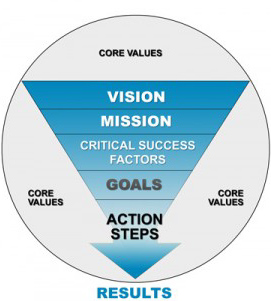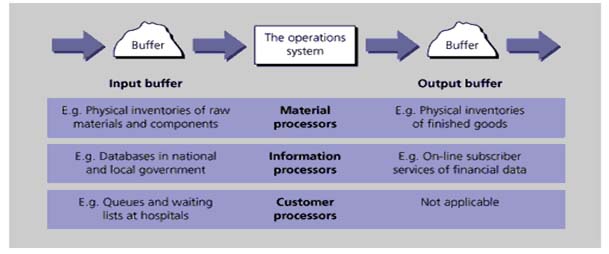Analysis strategic method adopted by the company in consideration with dynamically changing environmental to achieve the vision
- Establish a unique proposition compared to the company’s competitors.
- Goods are manufactured according to the needs of the customers.
- Identify a clear trade off , which states what to do and what not to do.
- Better coordination between various levels.
- Strategy should drive the company towards achieving the mission and vision.
Strategic Planning is a systematic process to achieve the chosen strategy in consideration of the available resources to achive the growth and achieving the short term goals as well as long term goals.
Our talented team of SMF Management Consulting, Inc. work with your top managemnt to accomplish a strategic plan that would help to drive the company to achive the growth and achieving the short term goals as well as long term goals.
However the strategic plan is necessary in order to empower the employee to achieve the vision and mission of the company, the best strategic plan is waste, if it is not implemented. Our team of talented staff define the strategic plan’s typical outline and it’s strategic elements are:
- Vision statement : It is something that gives you where you want to go ?
it’s an articulation of your dreams & hopes of your business - Mission statement: It’s a framework or context within which the company’s strategies and action are planned. It is guidelines for all your actions.
- Critical success factor :
It’s those few that must go well to achieve the vision of your company within the framework of your mission guidelines.
1 Credibility of the company in the market
2 maintaining the quality standards
3 Resources needed for implementing the plan.
4 Establishing a proper coordination among the levels and departments
5 Striving continuously for the cost effective manufacturing and operations
6 Financial plan that ensures enough cash flow and sales revenue
7 Plans to deal with the uncertainties of the future and enhance the employees to work effectively - Strategies and action for objectives: To achieve the strategy we have to have a action plan however the action should have capability to adjust with the uncertainties
- Prioritized implementation schedule: The schedule should prioritize the various strategies, actions and activities.

SWOT ( Strength Weakness Opportunity Threat )
SWOT analysis can be performed on department or organization , this is the analysis will help us to identify internal and external factors that are favourable and unfavourable conditions, moreover this will also gives us a chance to review our strategic plan.
- Strength: It is a characteristics that gives us competitive advantage over the other
- Weakness: It is the characteristics that give a disadvantage over the competitors
- Opportunities: It is the external chances to make a greater sales or profit from the environment
- Threats: It is an external factors that could cause threat to the organization





